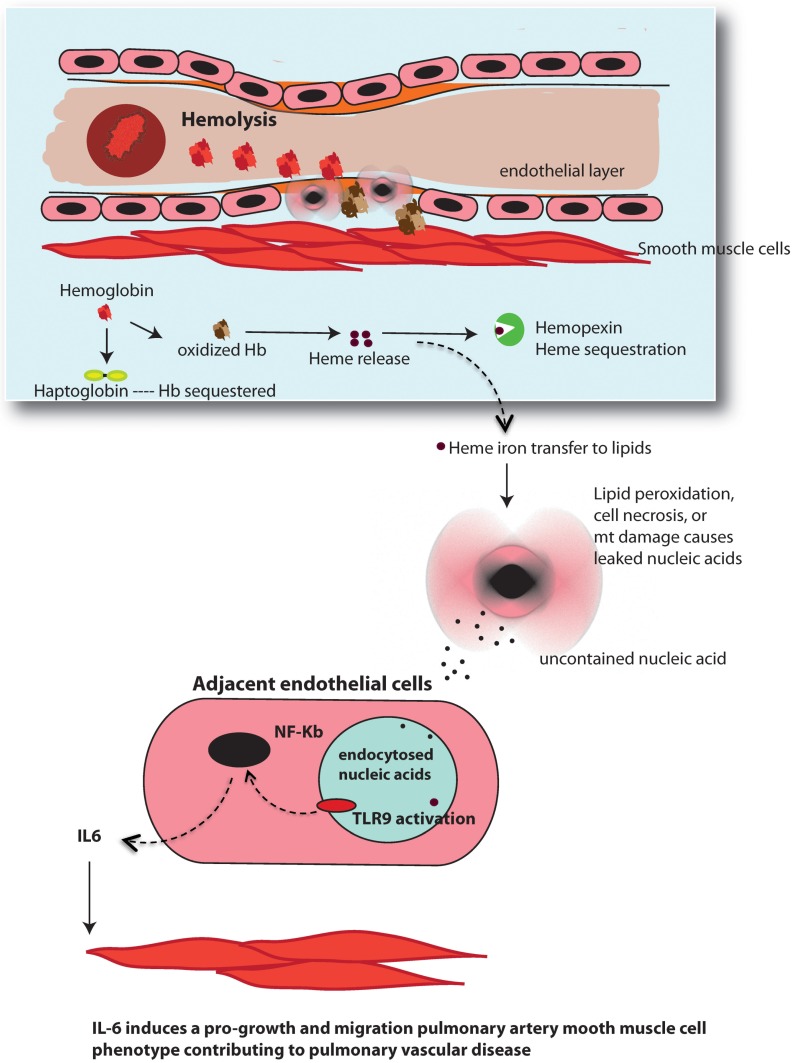Fig 6. Schematic of Hb-mediated TLR9 pathway.
Hb redox reactions cause lipid peroxidation that leads to release of uncontained nucleic acids from either necrotic cell death or excision of damaged mitochondrial (mt) DNA. Uncontained nucleic acid CpG motifs from necrotic cells are capable of activating TLR9 on adjacent endothelial cells after being endocytosed. Alternatively, endothelial cell TLR9 activation may occur autogenously in endothelial cells from damaged mt DNA. TLR9 activation upregulates IL-6 that induces a pro-growth, pro-migration smooth muscle cell phenotype contributing to pulmonary vascular disease.

